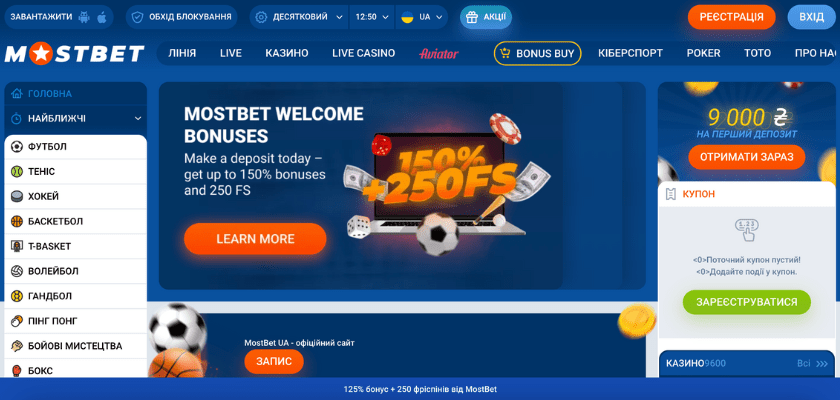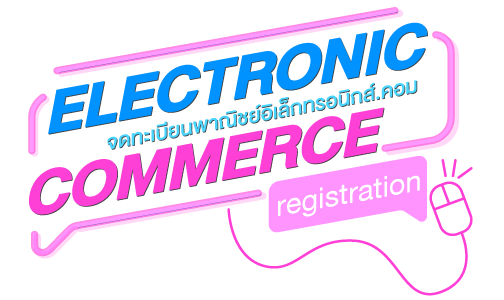
How to Create a High-Converting Landing Page
Creating a high-converting landing page is crucial for any online business aiming to maximize its marketing efforts and revenue. A well-optimized landing page can significantly increase your conversion rates and improve your overall return on investment (ROI). In this article, we’ll explore the fundamental components, strategies, and best practices you should employ in creating a landing page designed for conversions. If you’re looking for a practical example, check out this How to Create a High-Converting Casino Landing Page for AZ https://mostbet-kuwait1.com/application for inspiration.
Understanding the Purpose of a Landing Page
A landing page is specifically designed to drive visitors toward a single action. Unlike a typical website that serves multiple purposes, a landing page focuses on conversion goals, such as signing up for a newsletter, purchasing a product, or downloading an eBook. Understanding the purpose of your landing page is the first step in creating a high-converting page.
Key Elements of a High-Converting Landing Page
To ensure your landing page converts visitors into leads or customers, it should incorporate the following key elements:
1. Compelling Headline
Your headline is the first thing visitors will see. It should clearly communicate the value proposition of your offer and evoke curiosity. Consider using powerful adjectives and benefit-driven language to attract attention and encourage further reading.
2. Engaging Subheadline

The subheadline provides additional context to your main headline. It should further explain the benefits of your offer and support your primary message. Aim for a subheadline that complements the headline, enticing the visitor to explore more.
3. Persuasive Call-to-Action (CTA)
A clear and compelling CTA is vital for conversions. Use action-oriented language that prompts the visitor to engage with your offer. Button colors, size, and placement should also be optimized for visibility and prominence. Experiment with different phrases like “Get Started Now,” “Claim Your Free Trial,” or “Download the Report” to determine what resonates best with your audience.
4. Eye-Catching Visuals
High-quality images and graphics can enhance the appeal of your landing page. Use visuals that align with your brand and exemplify your offer. Consider including videos or infographics, as these can further engage visitors and properly convey your message.
5. Trust Signals
To increase credibility, include trust signals, such as testimonials, reviews, or ratings. If applicable, showcasing client logos or mentioning media coverage can also validate your authority and establish trust with visitors.
6. User-Friendly Design
Ensure your landing page is clean, intuitive, and mobile-responsive. Limit distractions by avoiding excessive text, images, or unnecessary links that may divert attention from your CTA. A well-structured layout with clear navigation will enhance user experience and improve conversions.
Best Practices for Optimal Conversion Rates
In addition to the key elements mentioned above, here are some best practices to consider when creating your landing page:

1. A/B Testing
A/B testing (or split testing) is crucial to determine what works best for your audience. Test different versions of your headlines, CTAs, images, and overall layout. Analyze the results to identify which variations yield the highest conversion rates and iteratively refine your page.
2. Optimize Loading Speed
A slow-loading page can significantly reduce conversion rates. Optimize images, limit heavy scripts, and use fast hosting solutions to ensure your landing page loads quickly across all devices. A fast page leads to a better user experience and lower bounce rates.
3. Use Analytics
Utilize tools like Google Analytics or heatmaps to track visitor behavior on your landing page. Analyzing data such as time on page, click paths, and bounce rates will provide valuable insights into how visitors interact with your content, enabling you to make informed adjustments.
4. Continue the Conversation
Once a visitor converts, don’t stop there. Implement follow-up strategies, such as email marketing, to nurture leads and guide them down the sales funnel. Use automated emails to provide additional value and keep your brand top-of-mind.
Conclusion
Creating a high-converting landing page doesn’t happen overnight. It requires an understanding of your target audience, effective messaging, and a commitment to testing and optimization. By implementing the key elements and best practices outlined in this article, you can create a landing page that not only attracts visitors but also converts them into loyal customers. Remember, the path to higher conversions is continuous—always analyze data, test new ideas, and refine your approach to achieve optimal results.

